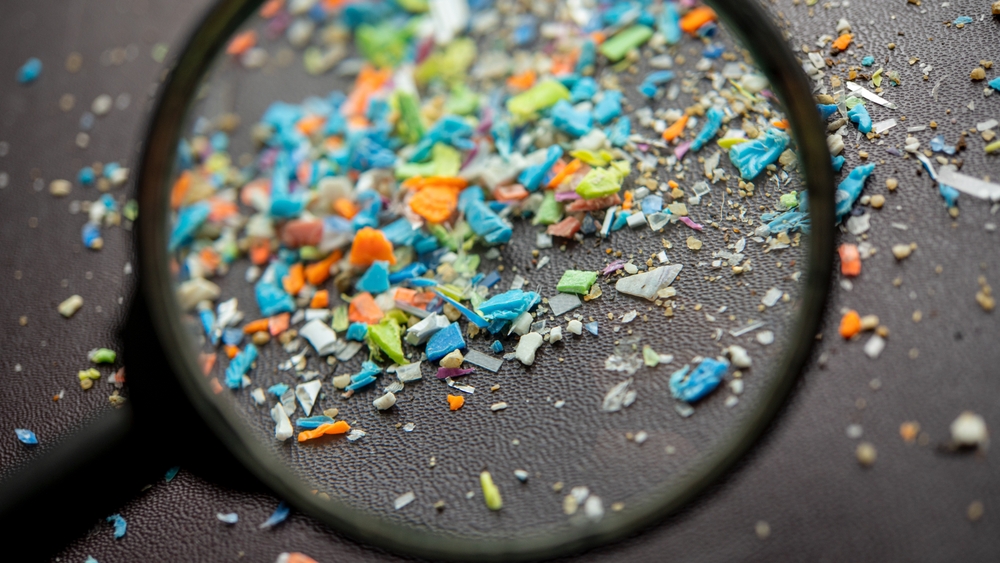Addressing the Microplastic Crisis
The microplastic problem is a complex and multifaceted issue that requires concerted global action. While there is no single solution, several approaches can help mitigate the spread of microplastics and reduce their impact on the environment and human health.
Advertisement
1. Reducing Plastic Production and Consumption
The first step in addressing the microplastic problem is to reduce the overall production and consumption of plastic. This includes efforts to limit single-use plastics, promote sustainable alternatives, and implement policies that encourage recycling and reusing materials. Countries around the world have begun to ban or restrict single-use plastics, such as plastic bags, straws, and bottles, but more widespread action is needed.
2. Improving Waste Management Systems
An essential aspect of combating microplastic pollution is improving waste management systems. Currently, much of the plastic waste generated by human activities ends up in landfills, rivers, and oceans. Improved recycling programs, the development of biodegradable alternatives, and better waste disposal practices can help prevent plastic waste from breaking down into microplastics.
3. Developing and Implementing Filtration Technologies
To tackle microplastic pollution in water systems, it is crucial to develop and implement filtration technologies that can remove microplastics from wastewater before it is discharged into rivers and oceans. Upgrading wastewater treatment plants to include microplastic filtration systems could significantly reduce the amount of microplastics entering aquatic environments.
4. Raising Public Awareness and Advocacy
Public awareness campaigns are essential in educating consumers about the microplastic crisis and encouraging responsible consumption. Individuals can take action by reducing their reliance on single-use plastics, avoiding personal care products containing microbeads, and supporting companies that prioritize sustainability. Additionally, advocating for stronger environmental regulations and corporate responsibility can drive systemic change.
Conclusion: A Hidden Threat That Demands Action
Microplastics are a silent environmental threat that is often invisible to the naked eye, but their impact is profound and far-reaching. From oceans and rivers to the food we eat and the air we breathe, microplastics are infiltrating every aspect of the environment and human life. Addressing the microplastic crisis requires a multifaceted approach, combining policy reform, technological innovation, consumer awareness, and responsible consumption.
As research on microplastics continues to evolve, it is crucial that we take immediate action to reduce plastic production, improve waste management, and protect our ecosystems from the pervasive threat of microplastic pollution. The time to act is now, before microplastics become an irreversible part of the environment, causing irreparable harm to the planet and human health.
